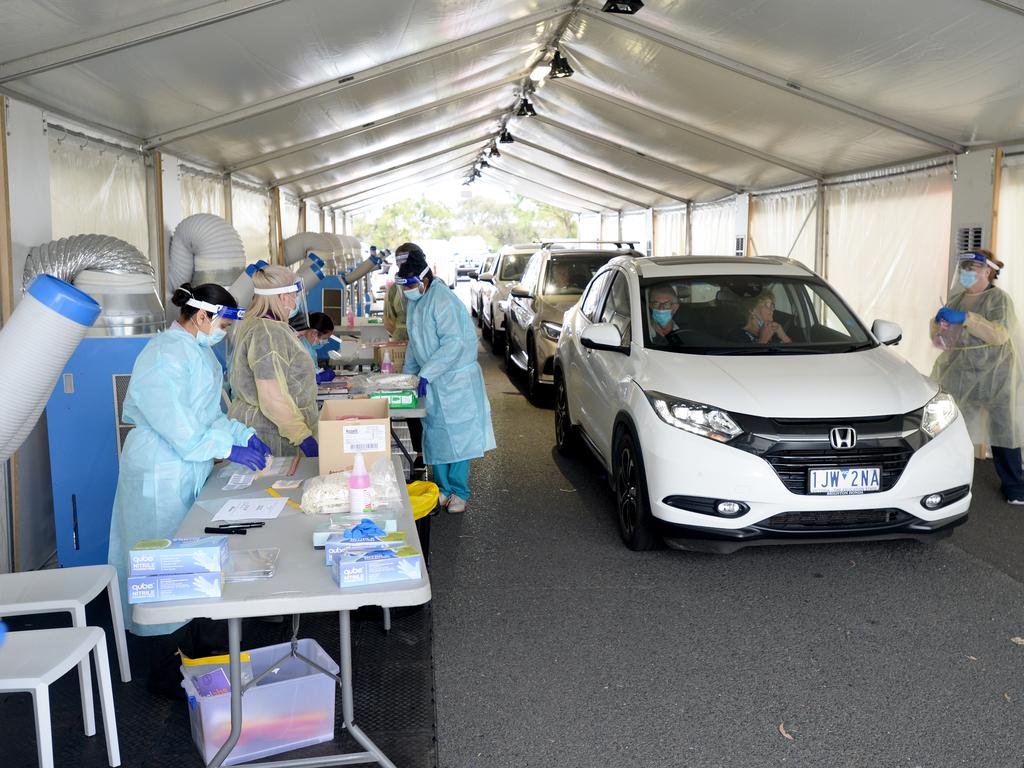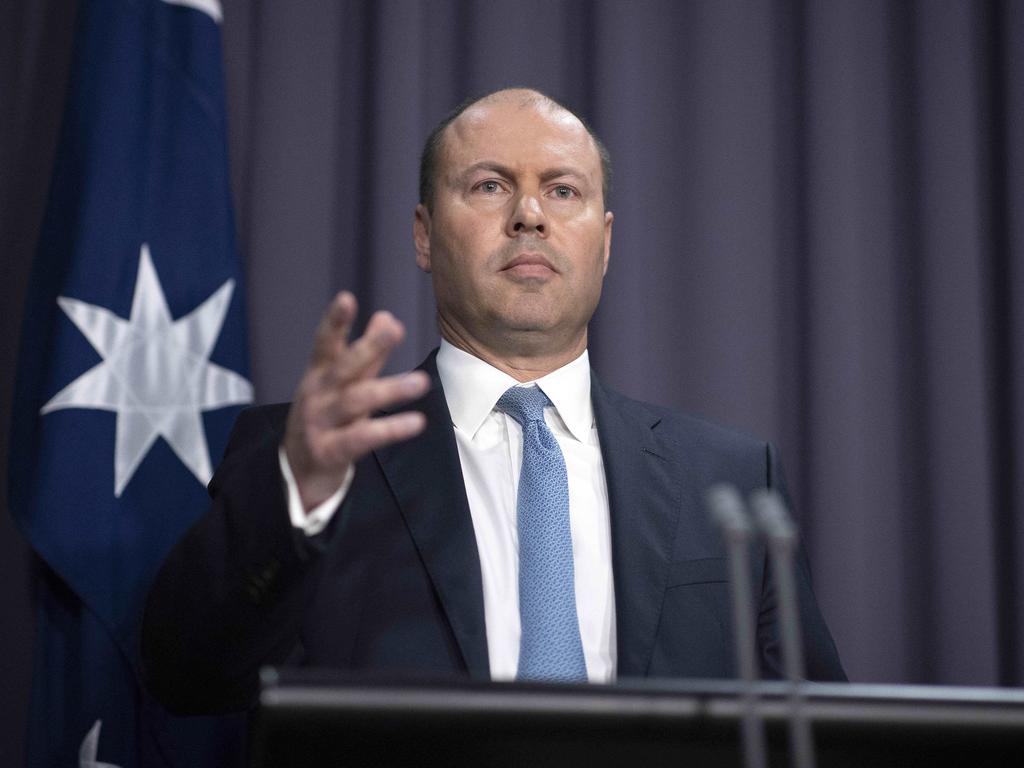Old year ending and 2021 to start on a challenging note
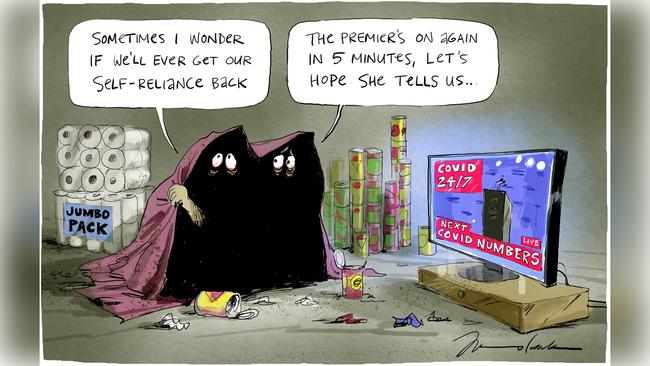
Few if any of the Twitterati demanding that NSW Premier Gladys Berejiklian impose a “big government” COVID-19 response earn their living in the industries that would be hardest hit by that approach — retail, hospitality, tourism and services.
The announcement on Wednesday of 18 additional cases in NSW after 17,000 tests is a serious concern, including the emergence of six cases among three families in Croydon in Sydney’s inner west. It is especially worrying that the virus has been found as far afield from the northern beaches as Wollongong and Katoomba.
Victoria has recorded three community coronavirus transmissions on Wednesday, bringing to an end its two-month run of no new locally acquired cases. The cases are believed to be linked to the NSW outbreak.
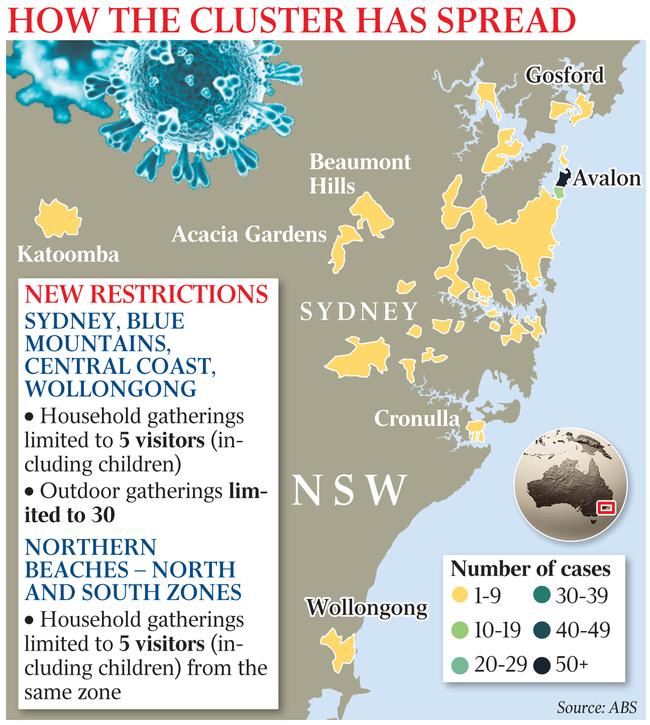
While some are calling for a short, sharp lockdown in NSW that hopefully would contain the spread, others want the COVID-19 vaccine rushed out. Both options would entail disadvantages.
In the earlier stages of the pandemic, and again in recent weeks, the NSW contact tracing system has proved its efficacy time and again. At the third stage, it remains the health service’s most potent weapon.
The New Year’s Eve restrictions announced on Wednesday, limiting household visits across Greater Sydney to five people and outdoor gatherings to 30, are appropriate. Or as Ms Berejiklian said: “Our preferred advice is that people just stay home for New Year’s Eve.” Inviting citizens to take responsibility for themselves and their communities, the antithesis of the nanny state, shows commendable maturity.
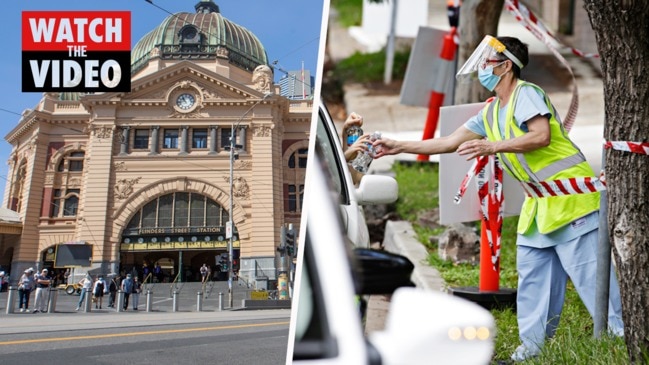
Restrictions on visitors to residential aged-care facilities in Greater Sydney are locked in, sensibly, until January 7, with staff wearing masks. At this stage, the third Test between Australia and India is scheduled to be played in front of a 50 per cent capacity crowd at the Sydney Cricket Ground on January 7. Further restrictions are not justified at present but may prove necessary. As Chief Medical Officer Paul Kelly says, nine days is a long time in COVID times.
On the cusp of 2021, as we contemplate how to manage a pandemic none of us had heard about 12 months ago, and as we look forward to safe, effective vaccines, Australians can take heart from the position we are in. To date we have suffered 909 deaths, mainly as a result of Victoria’s hotel quarantine bungle, from about 28,300 cases nationally.
The magnitude of the global problem is hard to comprehend.
Coronavirus will claim about 1.8 million lives and has infected about 82 million people this year.
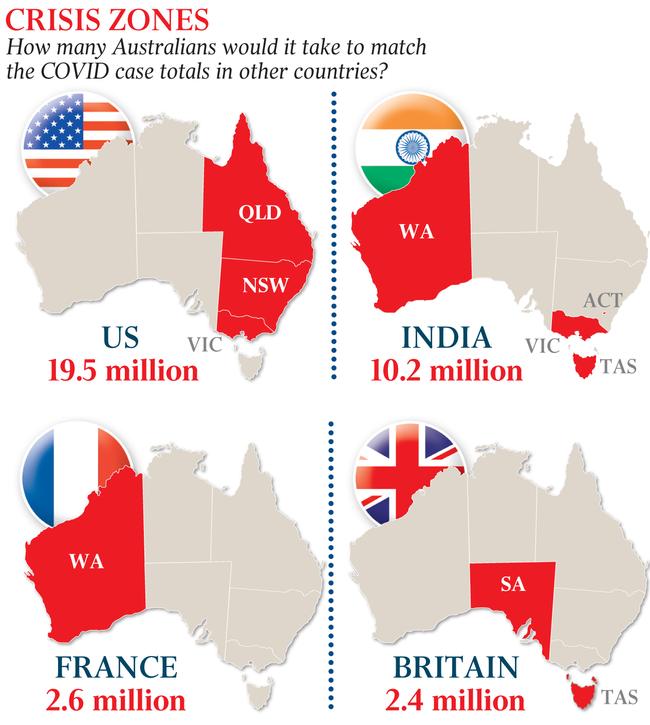
In the US, almost 20 million people — as many as the combined populations of our three largest states, NSW, Victoria and Queensland — have been infected by COVID. More than 338,000 Americans, equivalent to the population of the Sunshine Coast, have died from the virus. Britain’s caseload of 2.4 million is equivalent to the populations of South Australia and Tasmania combined. Intensive care beds in many British hospitals are full, leaving some patients to be treated in ambulances in loading docks. While the British economy is crippled and London’s busiest areas resemble ghost towns, further restrictions are pending. More virulent COVID strains have made the situation more dangerous in Britain, and a new variant also has been detected in the US and Latin America.
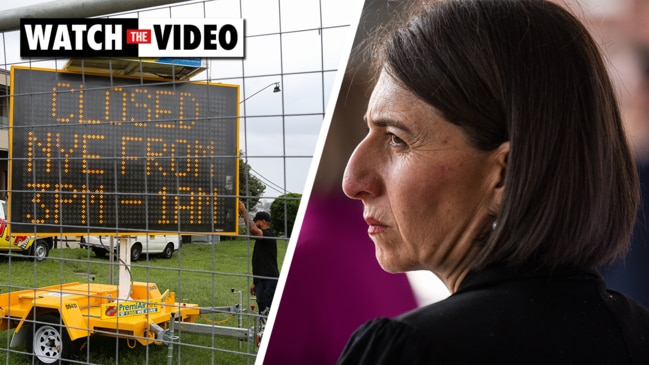
The predicament of many other nations reinforces the need to be cautious about the spread of the NSW clusters. NSW Chief Health Officer Kerry Chant is concerned there may be “unrecognised spread” and admits health officials are struggling to get a grip on the outbreak. As Ms Berejiklian says, her government is prepared to act swiftly if the situation deteriorates and the health advice changes. After dominating national life in 2020, COVID-19 and its aftermath will again be a major challenge in 2021.

